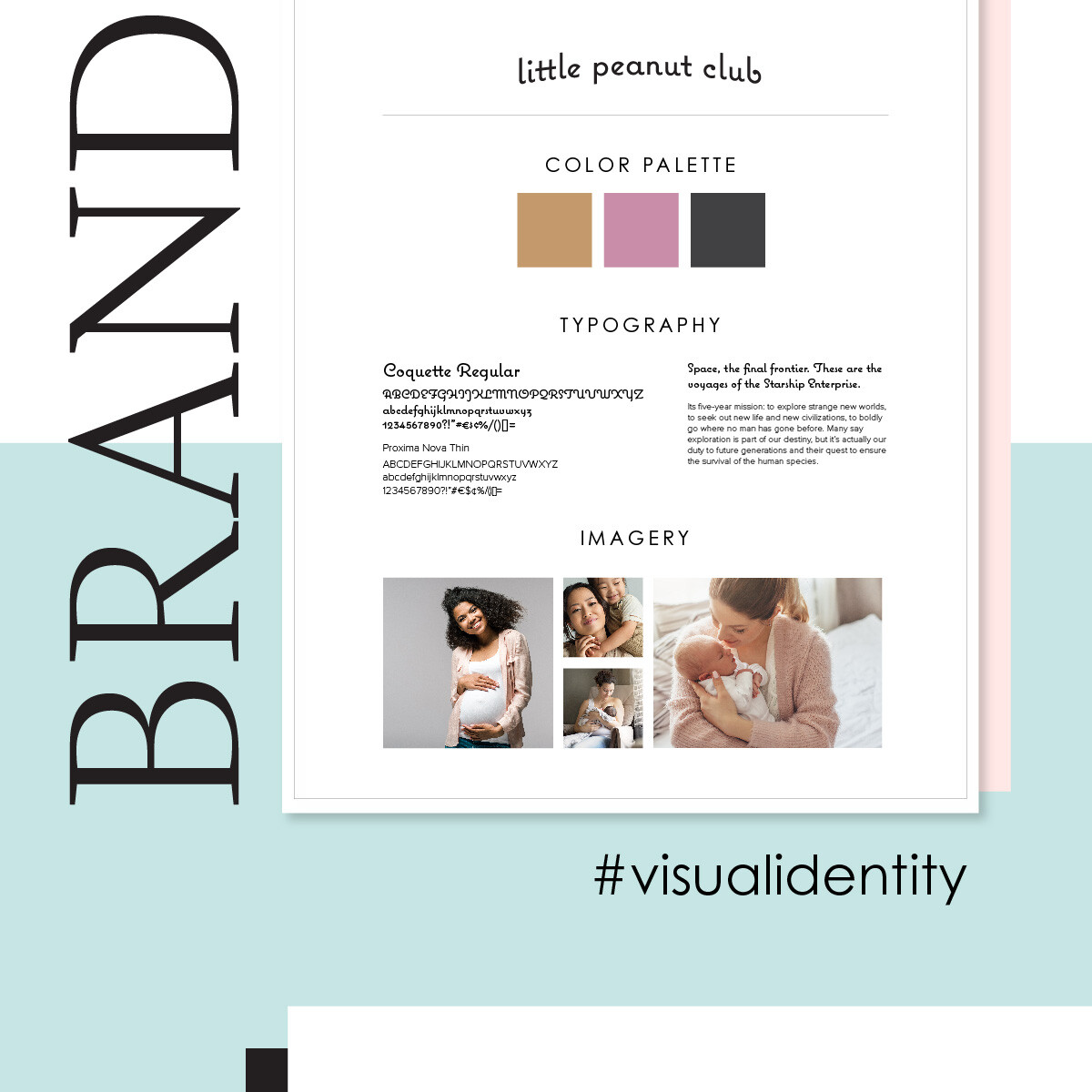The art of branding is about so much more than making everything look pretty. It’s about differentiation, authenticity and consistency.
The importance of research and reference
I’ve been playing a lot of chess lately with my son, 9 and my daughter, 6 who is learning at her pre-school. The original saying goes, “You’re playing checkers while they’re playing chess.” Chess is an excellent game because it requires you to be less narrow in your thinking. The number of possible moves is so vast you must always think ahead. Every game, the competition teaches you something and vice versa. Learning from your competition applies to branding as well. Branding is about differentiation. You can’t begin to learn what sets your business apart without research. Here a 3 key elements of branding research:
-
Competitor analysis
This is how we view COMPETITOR RESEARCH within brand and marketing strategy. Never stop learning from your competitors, it’ll keep you on your toes and help avoid complacency.
-
Customer analysis
Marketing managers care about 3 types of data: customer, financial and operational. Believe it or not, marketing is a part of every aspect of your business. Can you execute a marketing plan without data or the marketing team all up in your business? Sure. Will it be very effective? Probably not.
-
Design Trends
It’s important to stay up on design trends. When you make this a practice you will be more capable of uncovering relevant trends, and you’ll have some foresight into how they might develop in the future. Don’t just design your company logo for today, design it for the future so it will withstand the test of time. Don’t follow trends, create one. Okay, that’s a lot of don’ts 🍩 I’m dropping. 💩 How about a do? DO stand out from the rest of the pack.
The importance of visual identity
Visual identity includes your logo, imagery, typography, colors, and creative design. When your visual identity is consistent, well thought out and strategized it will elevate your business. When crafting a visual identity I begin with a mood board. A mood board is a collection of visual assets that represents a brand’s visual identity. It can contain inspirational examples of images, colors, typefaces and graphic symbols.
Take for instance, the little peanut club, an online community for expecting and new moms. During the creative brief, I request that company stakeholders complete a questionnaire. The questionnaire contains questions about company culture and logo design preferences. Of course, this is also compiled with competitor, customer and design trend research. This helps me refine the mood board which acts as a map should I get lost during the design process.

The branding process
It’s important to have a process. After strategy sessions, research and creating a mood board, the next step is to write a brief brand story that includes mission, vision, core values and a dash of personality.
“Little Peanut Club is an online community for expecting and new moms. Our goal is to help you enjoy the little things while doing the tough job of nurturing your little one. We provide classes, online workshops, message boards, group playdates and adult social hours. Our mission is to uplift moms through mutual self-help during every step of their little peanut’s growth and development. Brand words include loving, bright, fun, cute, little, nurturing, simplicity and harmony.”
NOW, I design the LOGO. While peanut is used to describe the little ones, it also resembles the mom-to-be’s lovely baby bump. SO CUTE.
To make a logo identifiable it needs to be used consistently and a BRAND GUIDE is created to help ensure it is. What goes into a brand guide? I’ll break that down in a little more detail later on. But for now, here are my top 3 branding tips.
-
Identify what makes you different
Create a brand story (statement) to provide insight into who you are and what makes you different from your competitors.
-
Learn from your customers
Many times the logo is thought up by the business owner. To identify what makes you different it helps to ask your potential customer. This is also why it’s important to define your customer before creating your brand.
-
Be consistent
Ever see the target logo in green or purple? Me neither and that’s not by accident. A brand guide is important to make sure your logo is presented to the public in a consistent manner.
At Verve, we not only create your brand identity, but we also provide the tools to jump-start your content marketing strategy. Don’t waste countless hours spinning wheels on your marketing strategy. Fill out our intake form to get started. Got verve? Well then, get it.









